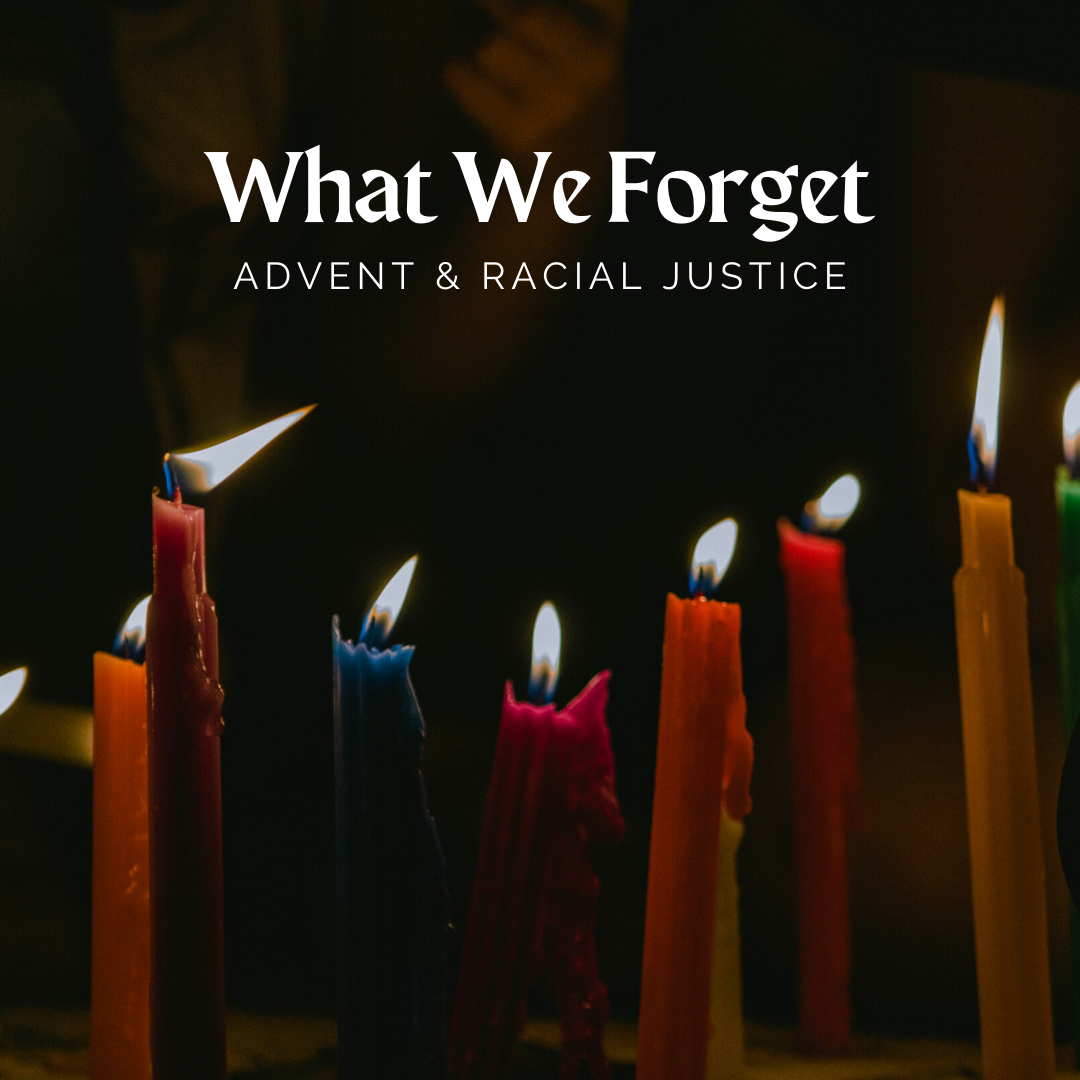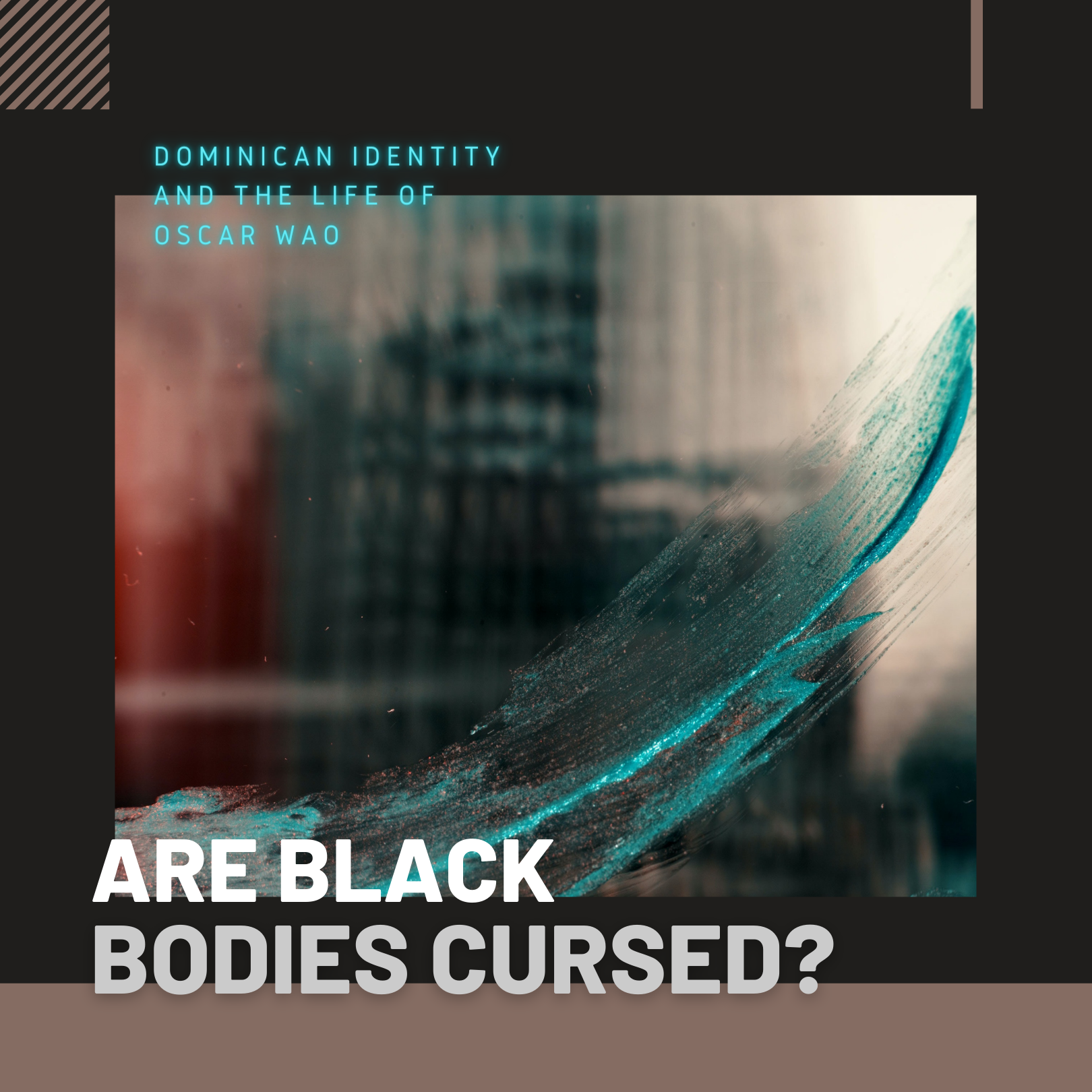Advent is the season encompassing the four Sundays which precede Christmas. Traditionally for Christians these weeks mark the beginning of our year and are defined by themes of remembering and waiting. While these weeks are latent with meaning for all Christians, I want to suggest that, for white Christians who are growing to care deeply about racial justice and reconciliation, Advent can provide an especially helpful starting point for our discipleship.
Remembering and waiting. We remember the lineage of faith to which we belong, including the generations of God’s people who anticipated the coming of the Messiah. We hear the longing in Isaiah 40:10-11, “See, the Lord GOD comes with might, and his arm rules for him; his reward is with him, and his recompense before him. He will feed his flock like a shepherd; he will gather the lambs in his arms, and carry them in his bosom, and gently lead the mother sheep.” And we wait as a people who expect our Savior’s return. We understand that life as we know it in a world groaning under sin will not last forever. A day will come when the will of God will be done on earth as in heaven.
What is it about these Advent themes that can help white Christians grow in our commitment to racial justice and reconciliation? Before exploring this question, we ought to acknowledge why so many of us need to mature in these areas. For as long as there have been white churches and Christians in this country, there has been a deficit in our discipleship. Time and again, we chose racial exclusion over embodied solidarity with the rest of Christ’s body. The segregation in our churches today is not the benign result of personal or cultural preference; its roots run deep through the soil of racism and racial supremacy.
Of course, this isn’t how most of us think about ourselves or our churches. But over the years, many Christians of color have warned us about our captivity to segregation and complicity with racial injustice. For example, in 1898 Rev. Francis Grimke, the African American pastor of Fifteenth Street Presbyterian Church in Washington, D.C., pointed to the silence of most white Christians in response to the lynchings that ran rampant throughout the country. In his sermon he asserted, “Another discouraging circumstance is to be found in the fact that the pulpits of the land are silent on these great wrongs. The ministers fear to offend those to whom they minister… This is the charge which I make against the Anglo American pulpit today; its silence has been interpreted as an approval of these horrible outrages.”
Why has it been so hard for white Christians to confess our conformity to this wicked status quo? In large part, it has to do with what it meant to become racially white. When my ancestors arrived in this country, they did not think of themselves in racial categories. They were immigrants from Sweden and Germany and they brought with them the particularities of their histories, culture, language, etc. But upon landing on these shores, they faced a new racialized reality in which those who were white had the greatest access to the American Dream. On the other end of that hierarchy were African American and indigenous people, those most likely to experience racial oppression.
In order to assimilate, my ancestors had to discard their cultural characteristics and pick up the more recent social construct of race. They had to become white. This exchange away from cultural particularity to racial homogeneity carried innumerable consequences. As Isabel Wilkerson writes in Caste: The Origins of Our Discontent, “Each new immigrant had to figure out how and where to position themselves in the hierarchy of their adopted new land. Oppressed people from around the world, particularly from Europe, passed through Ellis Island, shed their old selves, and often their old names to gain admittance to the powerful dominant majority.” Because the country’s racial hierarchy was built on the plunder and exploitation of Black and Native people, newly arrived immigrants internalized these forms of racism as a necessary feature of the path toward the country’s promises. But there were other implications as well which bring us back to Advent.
Photo by The New York Public Library on Unsplash
When my ancestors became white, they were engaging in an act of forgetfulness. They set aside some of the important attributes which had defined previous generations in order to access power and privilege. This was the price of admision required by the racial hierarchy and it continues to exact its toll today.
We see this legacy of forgetfulness in how many white people struggle to talk about race and racism. When I facilitate racial reconciliation workshops, it is always the white participants who stumble when asked to describe their racial identity. The difficulties only increase when we begin considering the impact of the racial hierarchy. Rather than coming to these conversations with curiosity and humility, white Christians have often reverted to defensiveness, deflection, and denial: I never owned slaves! I have Black friends! I don’t have a racist bone in my body! We’re all Christians so we shouldn’t focus on our differences!
The forgetfulness of our race engenders a false sense of innocence. Because we have not remembered the cost - to ourselves and to our neighbors of color – of becoming white, we interpret our society with the kind of boot-strapping possibility only available to the privileged. If we think about racial segregation and oppression at all, it’s with a vague evaluation of someone else’s choice. We certainly don’t assume responsibility in this story; we are but innocent bystanders.
Only we’re not. And as Christians we ought to be quick to confess not our innocence but our susceptibility to sins of all kinds, including pernicious racial ones. As Isaiah admits in another common Advent passage, “We have all become like one who is unclean, and all our righteous deeds are like a filthy cloth. We all fade like a leaf, and our iniquities, like the wind, take us away.” (Isa. 64:6) Why, for a people whose hope is so rooted in the grace of God which meets us as we confess our sins, is it so painful to acknowledge that we have, in the Apostle Paul’s language, conformed to the pattern of the world? We have forgotten.
Advent, with its invitation to remember, is the antidote that many of us need. As we approach our Savior’s birth, we are reminded of the danger posed to our faith by forgetfulness. We hear the stories of those like Simeon and Anna who recognized God’s Messiah precisely because they remembered. We hear the prophets pleading with God’s people to remember who they were - a sinful people in need of God’s comprehensive salvation.
If we listen closely enough, we’ll also hear the summons to remember our own troubled stories and histories. Advent beckons us to cast off our innocence and self-righteousness, to be done with the defensiveness, deflection, and denial which keep us from unity and solidarity with our sisters and brothers of color.
Remembering is not easy; there are reasons we’d rather forget. But as with every generation who has preceded us, when we choose to remember our histories – the losses, the complicities, the sins – we will also encounter the God has not never forgotten his people, who remembers his covenant with us. And with this memory newly refreshed, we can resolutely turn to the work of justice and reconciliation, freed of the forgetfulness and false innocence which has long kept us from our family in Christ.
About David W. Swanson
David is the founding pastor of New Community Covenant Church, a multiracial congregation on the South Side of Chicago. He also serves as the CEO of New Community Outreach, a non-profit organization working to reduce causes of trauma and raise opportunities for equity.
David’s book, Rediscipling the White Church: From Cheap Diversity to True Discipleship, is available now. Read more from David at his website, dwswanson.com.



























